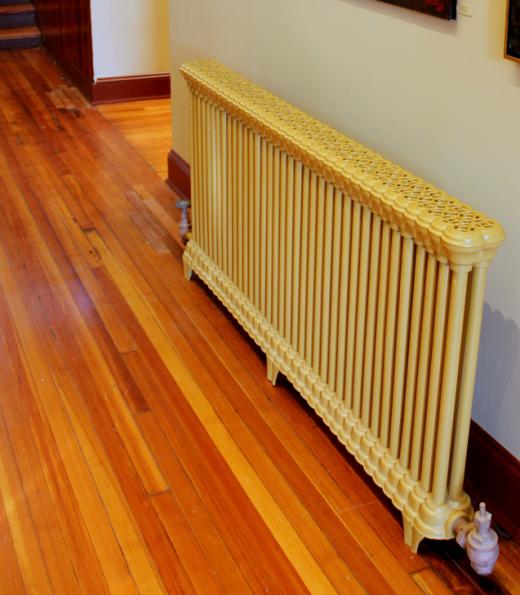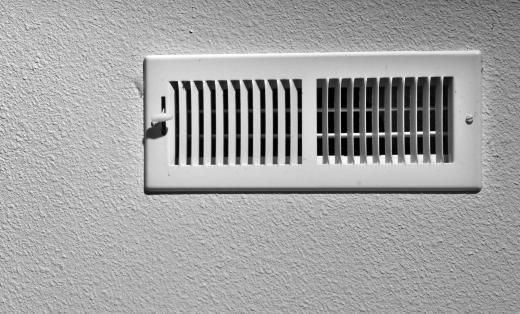There are several different types of HVAC equipment available at the residential and commercial levels. Heating, ventilation, and air conditioning (HVAC) equipment is available in a variety of styles and methods, but are all designed to manage the internal temperature of a space. The type of equipment used varies according to the requirements of the user and the options within the space.
Radiator systems are among the oldest of all the types of HVAC equipment. Commonly found in older houses and industrial buildings, the system runs hot or cold water through pipes built into the structure. The ambient temperature of the water either heats or cools the space. This type of HVAC equipment relies upon a completely closed system. Any leaks or breaks in the system will cause the water to escape.

Air-based HVAC equipment uses a fan to move the heated or cooled air through a series of ducts that release the air into the different rooms. The air is heated by passing over a heated coil on a furnace or a cooler in an air conditioner. The air is forced to circulate through the space by the fan, changing the air temperature.
A heat pump is a very common type of HVAC equipment and is typically found in homes. The heat pump has an outdoor compressor and an indoor handler. Electrical power moves the heat from one space to another. It is then circulated through the space with the use of fans. This same pump is used to cool a space by removing the heat from the home and pumping it back into the atmosphere.

Gas furnaces and air conditioners are two different pieces of HVAC equipment used in climates with a large temperature spread. The gas furnace uses either natural gas or propane as the primary fuel. Heat is generated through the controlled combustion of the gas, heating the air. The same process is used for cooling the air, except the air is forced over a cooling coil instead of a heating coil.

A dual fuel system combines a heat pump and gas furnace. An external thermostat is used to provide information about the ambient temperature. The system then uses this information to either pull in the outside air, push out the inside air, or use the furnace to heat the air. This type of HVAC equipment is slightly more expensive, buy can result in lower heating and cooling bills in the long run.
